Advertisement
Sclerotherapy is popular for varicose and spider veins. It lessens pain and enhances the vein look. Usually resulting from poor circulation, aging, or heredity, these vein problems Leg pain, edema, or heaviness may all follow from the disorder. Many people come for sclerotherapy to solve cosmetic as well as medicinal issues. A solution is injected into relevant veins during the operation. The veins so collapse and disappear with time.
Sclerotherapy is a minimally invasive procedure with a track record of success. Although the treatment is successful, knowledge of the process, hazards, and advantages is absolutely vital. This guide addresses all you need to know about sclerotherapy. Reading more will help you gain important knowledge to guide your choice of this treatment course.
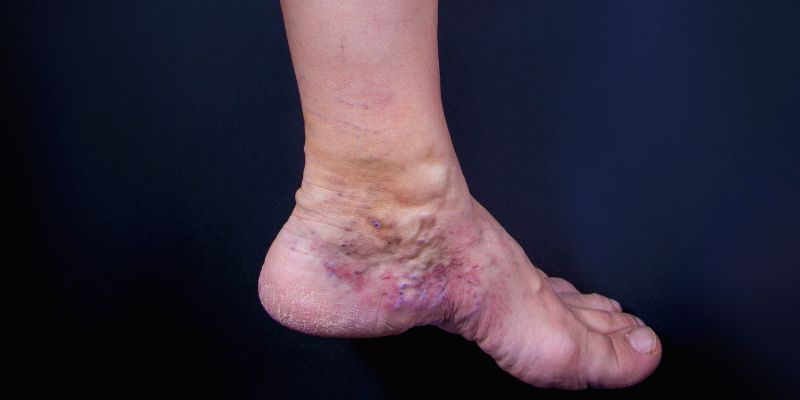
Sclerotherapy is a medical procedure for treating varicose and spider veins. The procedure involves the straight injection of a unique solution into the afflicted veins. This fix disturbs the vein walls, causing them to shut and cling together. The body absorbs these treated veins over time, so they progressively diminish and vanish. Although sclerotherapy treatment is mostly done for cosmetic reasons, it also helps reduce discomfort from troublesome veins, including swelling, pain, or heaviness.
The operation is rather fast, usually lasting thirty to sixty minutes, depending on the number of veins treated. Notable outcomes usually show up in a few weeks. People looking for a minimally invasive treatment will find sclerotherapy appealing since it is a non-surgical treatment devoid of anesthetic. Decades of use of the procedure have made it regarded as safe when carried out under the direction of a trained healthcare practitioner.
Sclerotherapy is a less invasive technique for treating varicose and spider veins. The patient lies down comfortably at first while the healthcare professional cleans the treatment area and prepares for the solution. The fluid is then straight injected into the afflicted veins using a tiny needle. The idea is to irritate the inner lining of the vein such that it swells, sticks together, and seals shut. Once it shuts, the vein loses its blood-carrying capability. Rather, the blood flows into better veins in the nearby vicinity.
The treated vein is progressively faded and vanishes as the body absorbs it over time. The size and degree of the veins under treatment will determine the required injection count. While bigger varicose veins could call for several injections, smaller spider veins may need one injection per location. For veins near the surface of the skin, the sclerotherapy technique especially works well. Different therapies could be more appropriate for deeper veins. Given your situation, your doctor will decide on the best course of action.
Many people with varicose or spider veins might find sclerotherapy appropriate. Good general health and free from blood clotting problems define ideal candidates. Although it is not advised for those who are expecting, nursing women may find it to be a safe choice. The operation is usually not indicated for those with particular medical conditions. Sclerotherapy is inappropriate in disorders including severe vein disease, active skin infections, or uncontrolled diabetes.
Sclerotherapy is a great option for people looking for cosmetic enhancements since it greatly lessens the look of ugly veins. Those who have symptoms such as leg pain, edema, or cramps brought on by troublesome veins also gain. A complete consultation with a vein specialist can help evaluate your situation and verify whether sclerotherapy is the best choice for safely and efficiently managing your vein issues.
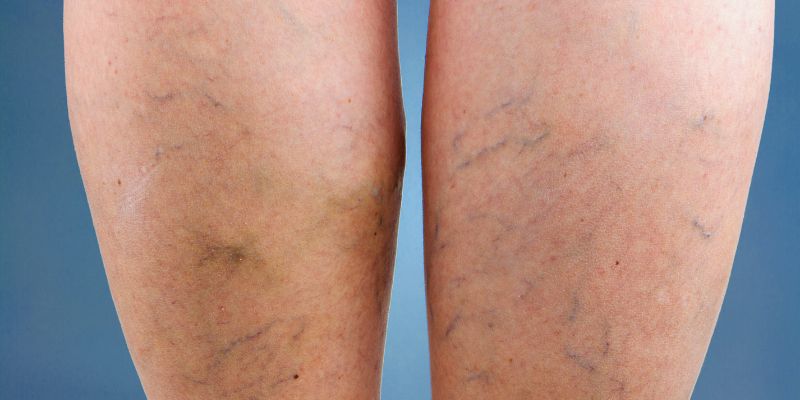
Usually done in a doctor's office, sclerotherapy doesn't require general anesthesia or hospitalization. The shortest and least intrusive surgery lets you resume most daily activities not too long after. Your doctor will advise you not to use lotions or creams on the treatment area before your session. Additionally, dressing in comfortable, loose-fitting clothes is encouraged. The afflicted veins receive the fluid via a fine needle injected during the operation.
Although you might experience some small discomfort or sting, normally, it is well-tolerated. Your doctor might use stockings or compression bandages to help blood flow and lower edema following treatment. It is advised to walk right after the surgery since it helps circulation and facilitates recovery. Though strenuous exercise and prolonged standing should be avoided for a brief period, most patients resume their regular schedule the same day. For problems with veins, sclerotherapy presents a quick and practical fix.
Those with varicose or spider veins will find many advantages from sclerotherapy. These benefits include both relief from medical issues and cosmetic enhancement:
Sclerotherapy is a systematic and safe treatment for varicose and spider veins. It has medical as well as cosmetic advantages; it enhances the skin's look and relieves pain from troublesome veins. Many find the minimally invasive, fast operation to be handy since it takes less recovery time. Although the outcomes are long-lasting, some people may require more treatments over time for newly developing veins. See a trained healthcare practitioner to guarantee the greatest results and to handle any issues. However, a great option for improving vein health and getting smoother, more confident skin is sclerotherapy.
Advertisement

By Aldrich Acheson/Oct 29, 2024

By Mason Garvey/Jan 01, 2025

By Aldrich Acheson/Oct 31, 2024
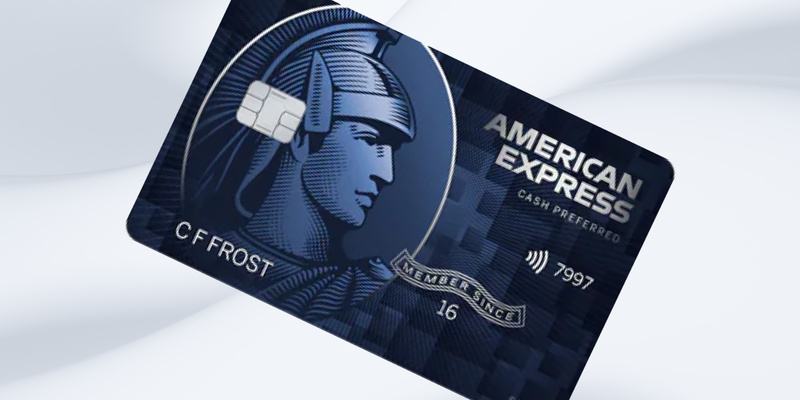
By Vicky Louisa/Dec 15, 2024
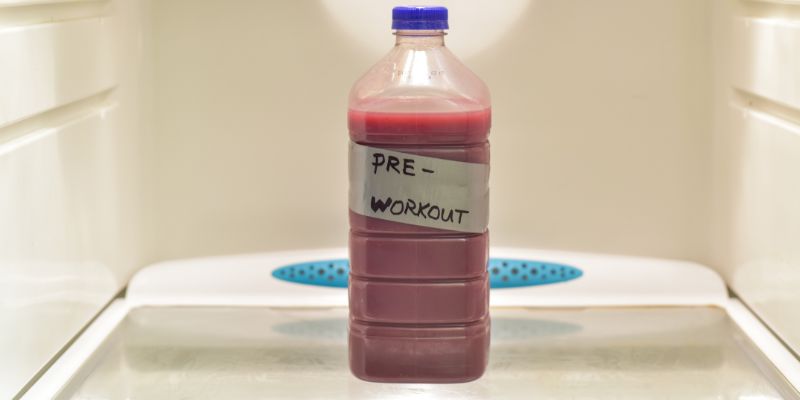
By Noa Ensign/Oct 18, 2024
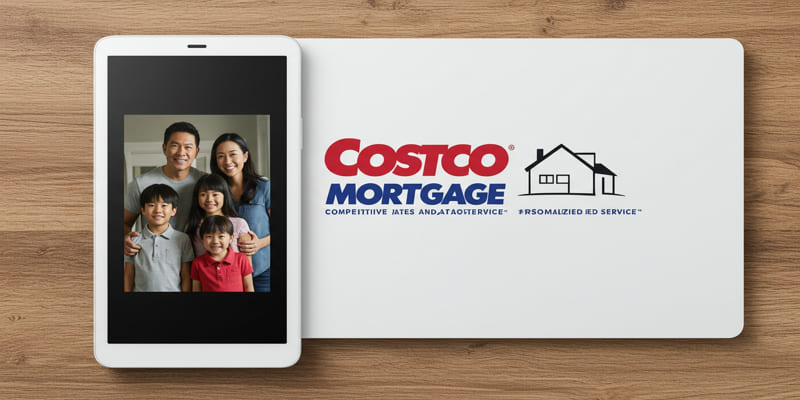
By Vicky Louisa/Dec 27, 2024
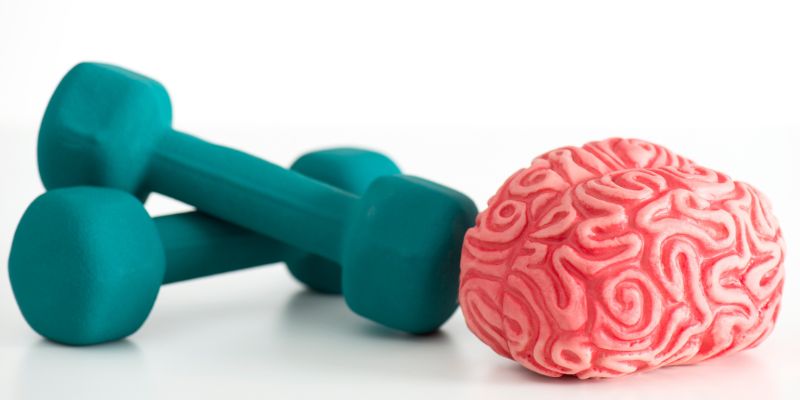
By Nancy Miller/Oct 18, 2024

By Sid Leonard/Oct 05, 2024

By Christin Shatzman/Oct 14, 2024
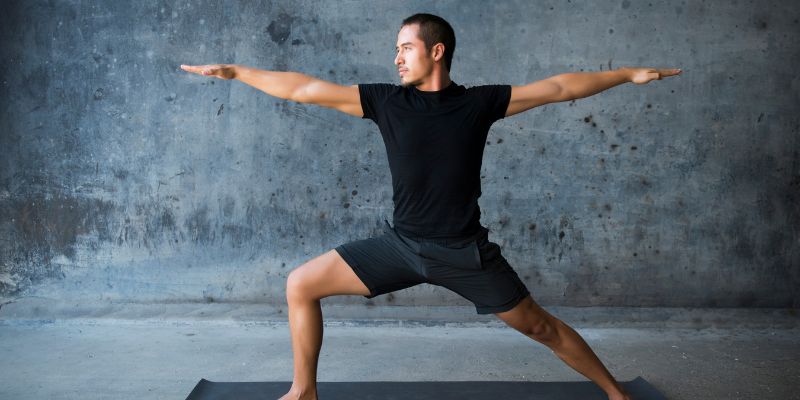
By Madison Evans/Oct 18, 2024

By Georgia Vincent/Nov 05, 2024

By Celia Kreitner/Oct 14, 2024